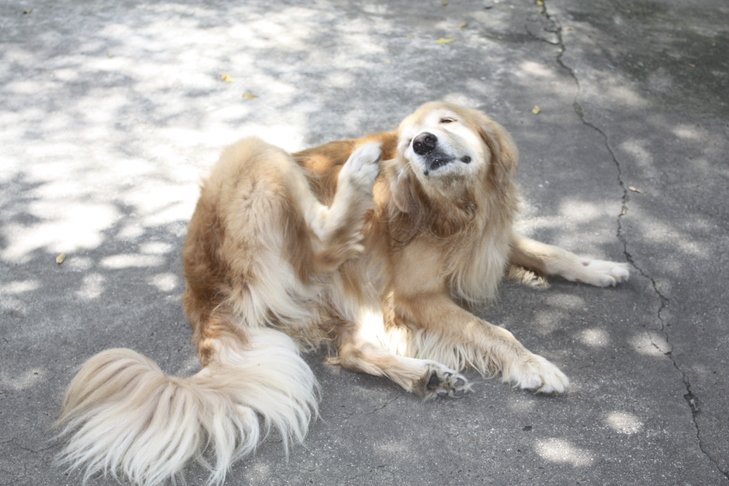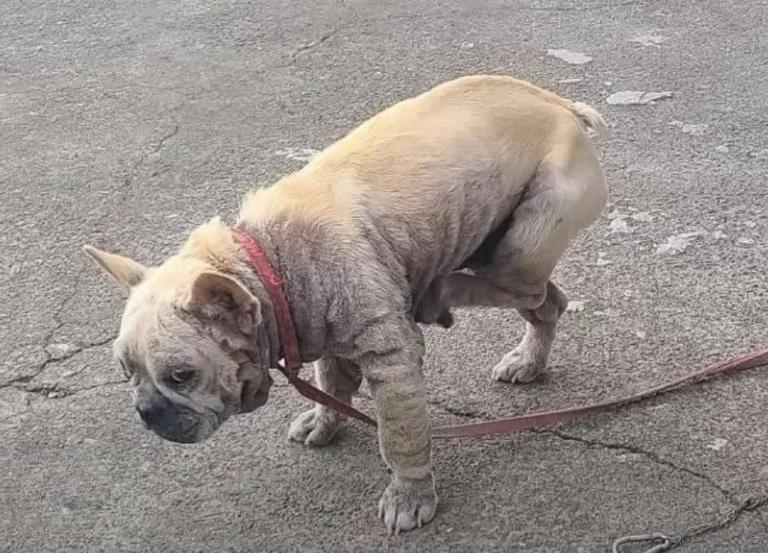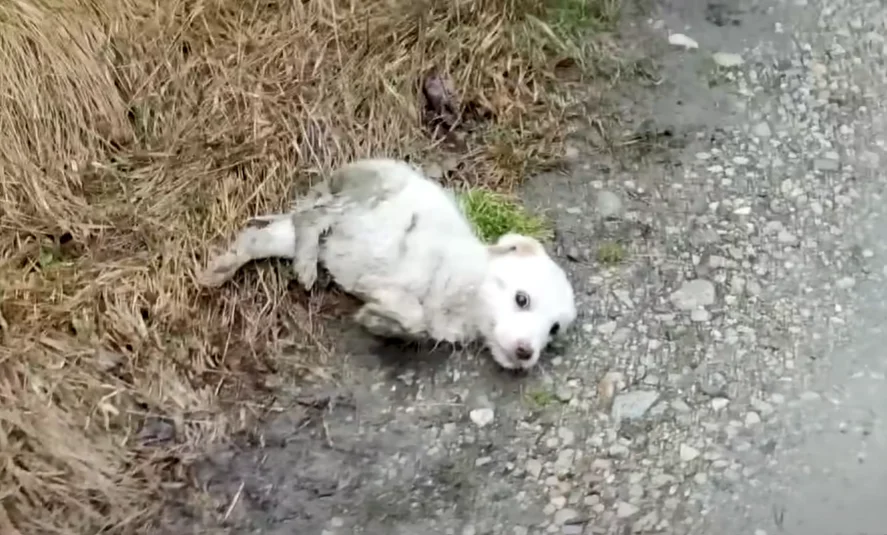It’s normal to see some fur on your clothes and furniture when you have a dog, as shedding is part of their natural hair growth cycle. However, excessive or unusual hair loss can signal underlying health issues or nutritional imbalances. While scratching can damage hair and lead to bald spots, hair loss can also occur without any accompanying itching or scratching.

Understanding Normal Shedding
Dogs with double coats have a topcoat and an undercoat. The topcoat provides color and texture and protects the skin, while the undercoat, which sheds more frequently, helps with temperature regulation. Most dogs will shed their undercoat year-round, with increased shedding typically occurring in the spring and fall.
What Is Alopecia in Dogs?
Alopecia refers to hair loss that results in bald patches or thinning fur. This condition differs from regular shedding, which is a normal part of a dog’s hair growth cycle. Excessive shedding may be concerning if it’s due to skin injuries, an imbalanced diet, stress, parasites, hormonal issues, or skin diseases.
Alopecia can present with various symptoms, including:
– Redness
– Thickening
– Inflammation
– Darkening of the skin
– Pustules or mucus discharge
– Bleeding
– Foul odor
– Dry or scaly skin
Ticks and fleas may cause visible signs of hair loss, but microorganisms like bacteria, fungi, and mites, which require microscopic examination, can also be culprits.

Common Causes of Alopecia
Several factors can contribute to alopecia in dogs:
– Bacterial infections
– Fungal infections (e.g., ringworm)
– Allergies (leading to scratching or chewing)
– Parasites (e.g., fleas and ticks)
– Mange (caused by mites)
– Genetic factors (e.g., hairless breeds)
– Nutritional deficiencies
– Endocrine or hormonal disorders (e.g., Cushing’s disease, hypothyroidism)
– Chemotherapy
– Hormonal changes
– Pressure sores
– Trauma
– Aging
Fleas can cause redness, itching, and swelling, and may lead to flea bite dermatitis, an allergic reaction to flea saliva that results in scratching, hair breakage, and potential skin infections. Genetic factors can also lead to hair loss, especially in breeds like the Chinese Crested and American Hairless Terrier.

Diagnosing Hair Loss
To diagnose hair loss, a veterinarian will review your dog’s health history and assess their symptoms. They’ll examine the pattern and location of hair loss, and may perform diagnostic tests such as skin scrapes or biopsies. Skin scrapes involve collecting skin samples to examine under a microscope for signs of infections or parasites.
Treating Hair Loss
Treatment for hair loss depends on its cause. Options may include:
– Medications to address itching, inflammation, or infections
– Antibiotics or antifungals if secondary infections are present
– Parasite control through medication and environmental cleaning
– Hormone therapy for endocrine disorders
– Genetic conditions may not require treatment if they don’t impact the dog’s quality of life
 Regular shedding, particularly seasonal shedding, usually does not require medical intervention. If your dog is experiencing unusual hair loss or discomfort, consult with your veterinarian to identify the cause and discuss appropriate treatments. They can also review your dog’s diet to ensure it meets their nutritional needs.
Regular shedding, particularly seasonal shedding, usually does not require medical intervention. If your dog is experiencing unusual hair loss or discomfort, consult with your veterinarian to identify the cause and discuss appropriate treatments. They can also review your dog’s diet to ensure it meets their nutritional needs.
This information is intended for general guidance and should not replace professional veterinary advice. Always consult with a qualified veterinarian for advice specific to your dog’s condition.




